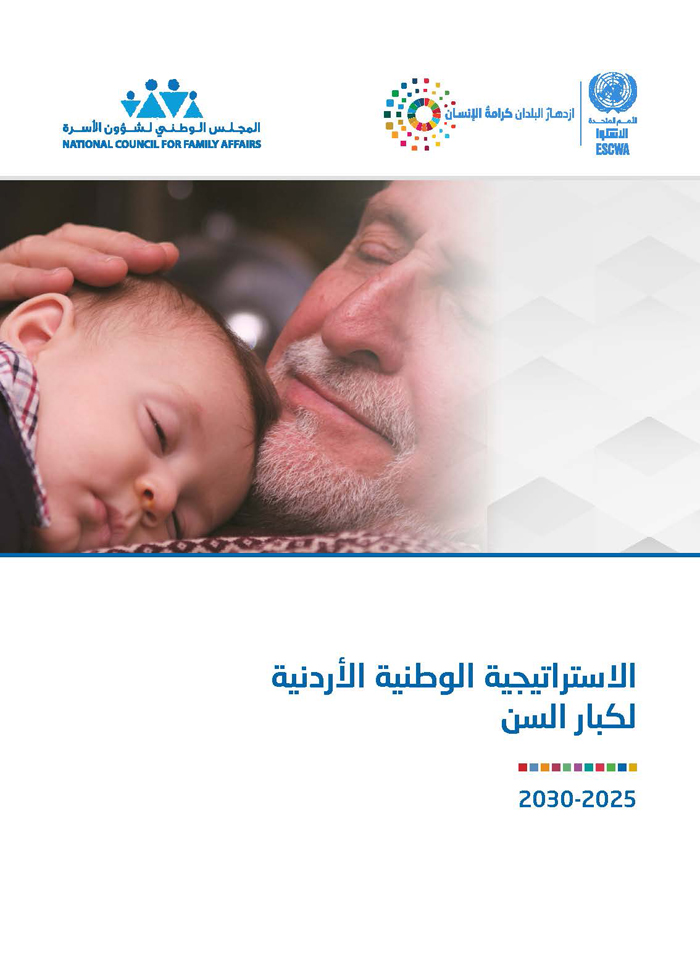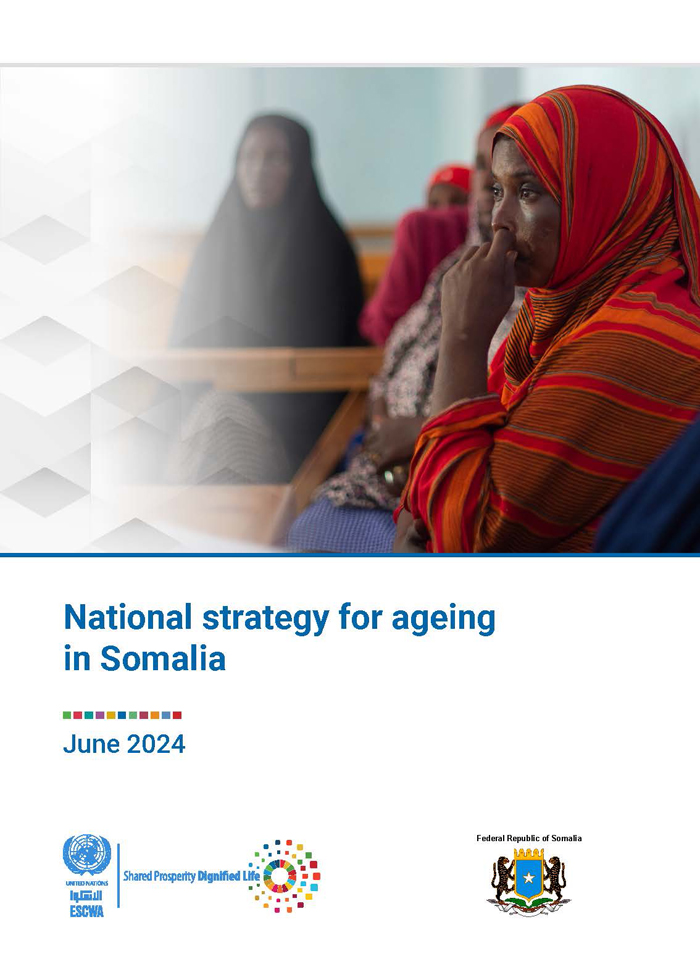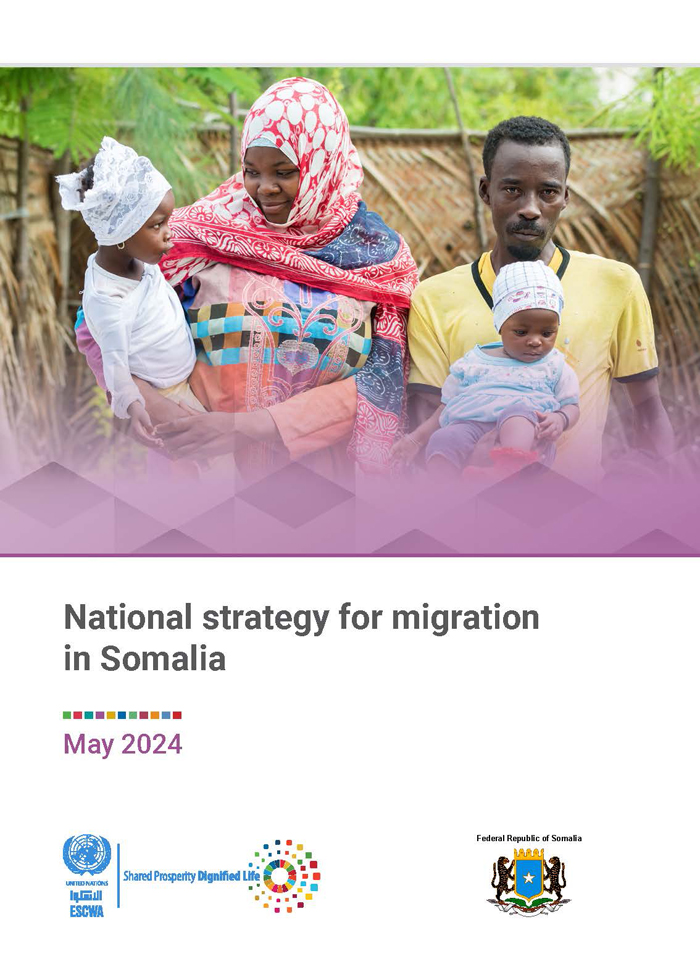
ESCWA Publication: E/ESCWA/CL3.SEP/2022/TP.18
Country: ESCWA Member States
Publication Type: Information material
Cluster: Gender Justice, Population and Inclusive Development
Focus Area: 2030 Agenda
Initiatives: Arab Forum for Sustainable Development
SDGs: Goal 1: No Poverty
Keywords: Poverty, Poverty mitigation, Covid-19, Gross domestic product, Sustainable development
Obstructed poverty reduction: growth-passthrough analysis
June 2022
Can the world still reach Sustainable Development Goal (SDG) 1 targets 1.1 and 1.2 by 2030? This question is particularly relevant in light of COVID-19 having derailed many developing economies. Current methods for addressing progress regarding development are limited in that they assume a full transmission of macroeconomic growth forecasts derived from national accounts to household level income captured by surveys. This study offers two contributions. Firstly, it developed a methodology for estimating this passthrough effect using unsupervised clustering methods and reported results at the regional and country levels.
Secondly, it used these passthroughs to discount gross domestic product (GDP) growth forecasts available for 183 countries, which were then applied to estimate headcount poverty rates using the extreme poverty line of $1.9 per day and national poverty lines. The results showed that in the best-case full growth passthrough scenario, modest poverty reduction is recorded but the world is still unlikely to reach SDG1 targets 1.1 and 1.2 by 2030. With more realistic scenarios, where modelled growth passthrough results were applied, the poverty forecasts showed only a slight dent from their 2019 baseline. Developing countries, especially poorer countries, should not be concerned solely with policies that enhance GDP growth, but also with its passthrough to household incomes.
Related content
2030 Agenda
,
Can the world still reach Sustainable Development Goal (SDG) 1 targets 1.1 and 1.2 by 2030? This question is particularly relevant in light of COVID-19 having derailed many developing economies. Current methods for addressing progress regarding development are limited in that they assume a full transmission of macroeconomic growth forecasts derived from national accounts to household level income captured by surveys. This study offers two contributions. Firstly, it developed a methodology for estimating this passthrough effect using unsupervised clustering methods and reported results at the regional and country levels.
Secondly, it used these passthroughs to discount gross domestic product (GDP) growth forecasts available for 183 countries, which were then applied to estimate headcount poverty rates using the extreme poverty line of $1.9 per day and national poverty lines. The results showed that in the best-case full growth passthrough scenario, modest poverty reduction is recorded but the world is still unlikely to reach SDG1 targets 1.1 and 1.2 by 2030. With more realistic scenarios, where modelled growth passthrough results were applied, the poverty forecasts showed only a slight dent from their 2019 baseline. Developing countries, especially poorer countries, should not be concerned solely with policies that enhance GDP growth, but also with its passthrough to household incomes.



